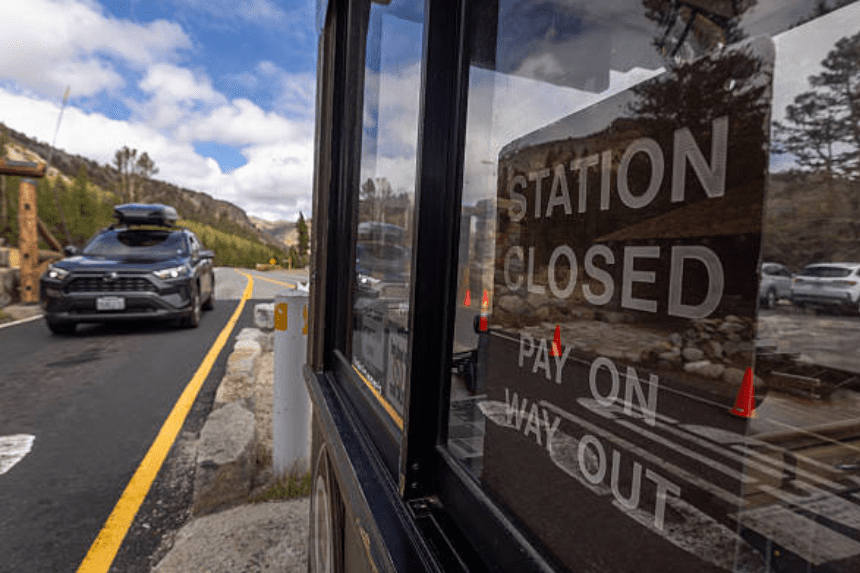As the United States federal government shutdown continues, conservation groups are urging the public to steer clear of national parks. Due to furloughs and limited staffing, these iconic destinations may pose safety risks to visitors and suffer long-term environmental harm.
Despite reduced operations, the National Park Service (NPS) announced that many of its 400+ park sites would remain partially open. However, over half of the NPS staff have been placed on leave, significantly limiting services such as guidance, sanitation, and security.
Environmental organizations stress that visitors will likely be “on their own,” with few rangers or resources available in case of emergencies. Advocates argue this decision places both park resources and public safety in jeopardy.
Why Are Conservationists Concerned?
The primary concern is that skeleton crews will not be able to manage large crowds or enforce park regulations. During previous shutdowns, open parks saw widespread damage. This included littering, off-road driving through sensitive habitats, vandalism of ancient petroglyphs, and even illegal hunting.
These past events serve as a warning. Without oversight, even short-term access can result in permanent harm to cultural and ecological sites. Additionally, visitors may find essential amenities like restrooms closed or hazardous conditions unaddressed. Here is the link to our article on Tourism Fee Waiver.
What Services Are Still Available?
During the shutdown, the National Park Service is maintaining only essential operations. These include limited restroom cleaning, basic sanitation, selective trash collection, and minimal road upkeep. However, with communication staff furloughed, there’s no reliable way to know which parks still offer these services. Visitors may encounter closed facilities or unsafe conditions without prior warning.
What Happened in Previous Shutdowns?
During the 2018 shutdown, national parks remained open without staff presence. This led to severe consequences. Visitors damaged protected environments, broke into closed buildings, and disrupted wildlife.
Former park officials report that some parks were left in dire condition, with trash piling up, vandalism going unpunished, and habitats disturbed beyond repair. The lack of enforcement and maintenance created unsafe conditions for everyone. Here is the link to our article on Kashmir Tourism Decline.
Why Are Reduced Staffing Levels a Bigger Risk Now?
Many parks have already been under pressure due to earlier layoffs and budget cuts. With even fewer staff now available during the shutdown, recovery from any harm could take significantly longer.
Former superintendents and rangers have raised alarms in official letters. They call the decision to keep parks open “reckless,” pointing out that limited staff cannot ensure visitor safety or prevent environmental degradation.
What Are Lawmakers Saying?
Although Congress remains at an impasse, with both parties blaming each other for the budget deadlock, leaders from both sides have expressed concern about closing national parks. Some cite economic reasons, noting parks contribute significantly to local tourism economies. Others highlight their emotional importance for Americans seeking relief in nature during uncertain times.
Nonetheless, experts insist that keeping parks open without proper staffing is more damaging than beneficial.
Final Thoughts
The current U.S. government shutdown poses serious challenges to the protection and management of national parks. While the desire to keep these spaces accessible is understandable, the risks—both to visitors and to natural and cultural resources—are substantial. Until full operations resume, travelers are strongly advised to avoid these areas and help preserve what makes national parks truly irreplaceable.








